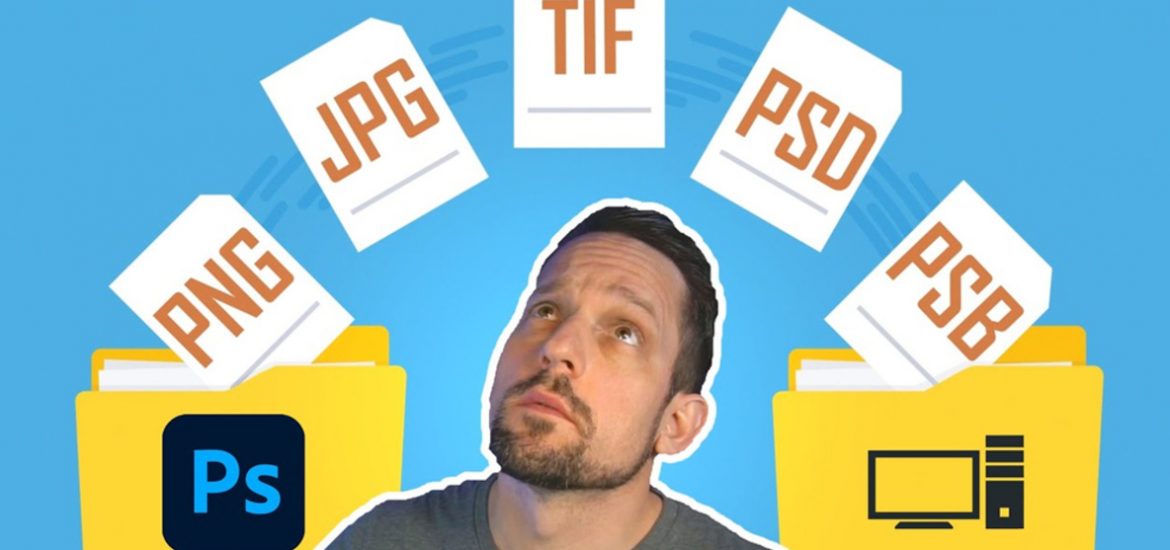
Ask 10 different photographers how they save their images, and you will get several different answers. Which format is best for you and why?
There really is a time and a place for all the various file formats you can save your images in your editing program of choice. This week, Blake Rudis of f64 Academy is back once again to walk us through this very subject in his latest video. If you don’t know your TIFFs from your PNGs, then this video is for you, as Rudis explains the main differences between the many file formats that most photographers use day to day. One thing I especially liked in the video was the comparison table, which helps to visualize the difference between the file formats side by side. I also liked the real-life demonstration where Rudis saves the same photo in several different formats to illustrate the major differences in file size. This part of the video will be particularly useful for those short on hard drive space. One thing which was news to me was the difference between the layer compression options RLE and ZIP when it comes to TIFFs and how drastically different they can be in the file sizes they create.
Which file format is best for you will boil down to many factors, such as future editing needs, desired image quality, and storage limitations you may have. By all means, ask other photographers what they do, but don’t blindly follow them, as their methods may not be right for you. Having a good workflow in place is less important for occasional photographers, but if you shoot regularly, then these decisions can have huge implications when you are juggling thousands of images.
What file formats do you use day to day? We’d love to hear your workflows in the comments below.
